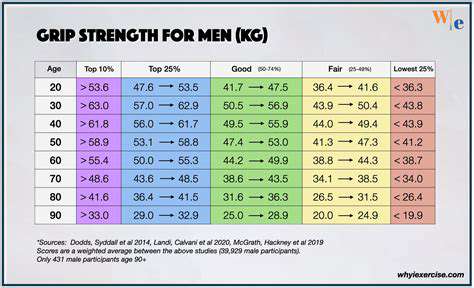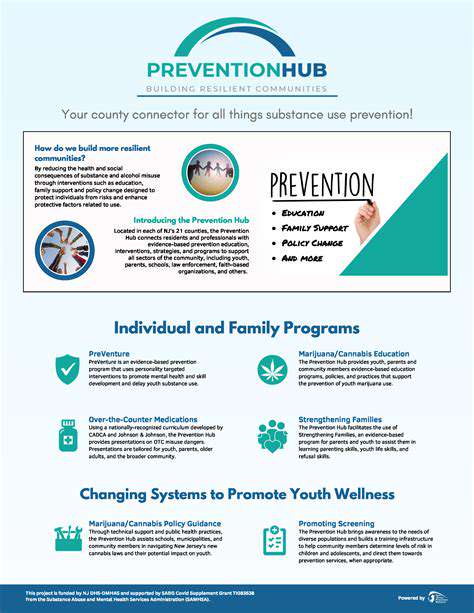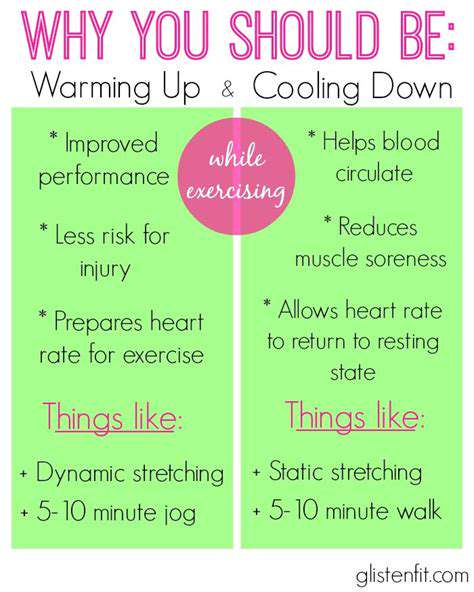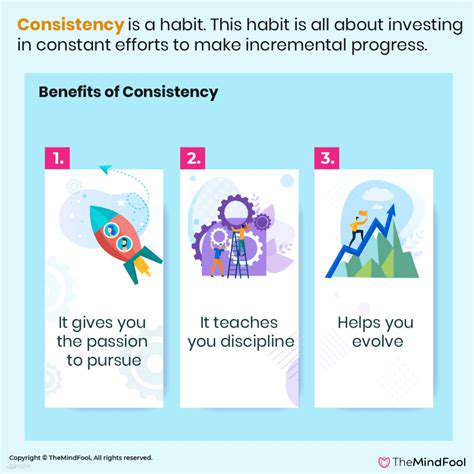Workouts Enhancing Arm Muscle Strength
Don't forget about grip strength! Exercises like farmer's carries build forearm endurance that helps with all other lifts. Try alternating between different grip positions (overhand, underhand, neutral) to work muscles from various angles.
Progressive Overload: The Growth Key
Muscles adapt quickly, so we need to keep challenging them. But progression doesn't always mean heavier weights. You can increase difficulty by:- Adding reps- Reducing rest time- Improving form- Slowing the movementThe best progress comes from small, consistent improvements rather than dramatic jumps.
Keep a training log to track your progress. Note not just weights and reps, but how the movement felt. This helps identify when you're ready to increase difficulty.
Recovery: Where Growth Happens
Muscles don't grow during workouts - they grow during recovery. Post-workout nutrition is crucial: aim for 20-40g of protein within 30 minutes after training. But don't overlook hydration - even mild dehydration can impair muscle recovery.
Sleep quality matters tremendously. During deep sleep, your body releases growth hormone that repairs muscle tissue. Consider sleep as important as your workouts when planning your training schedule.
In fitness as in life, things rarely go exactly according to plan. The most successful trainees aren't those who never face setbacks, but those who learn to adapt. Common challenges include plateaus, schedule disruptions, and occasional soreness. The key is maintaining consistency while being flexible enough to adjust when needed.
Forearm Strength: The Hidden Foundation

Why Forearms Matter
Forearm strength affects nearly everything we do with our hands, from opening jars to typing on keyboards. Weak forearms can become the limiting factor in many exercises, preventing you from progressing in pull-ups, rows, or deadlifts even when your larger muscles could handle more.
Many people don't realize how forearm endurance impacts daily life until they experience issues like writer's cramp or difficulty holding objects for extended periods. Building forearm strength can prevent these common complaints and improve quality of life.
Effective Forearm Builders
For comprehensive forearm development, include these in your routine:1. Wrist rollers (using a small weight on a rope)2. Plate pinches (holding weight plates together with fingertips)3. Towel hangs (hanging from a towel over a pull-up bar)These unconventional exercises work the small stabilizing muscles that traditional curls miss.
For grip endurance, try timed holds instead of just reps. For example, hold the top position of a wrist curl for 30 seconds rather than doing multiple reps. This builds the kind of endurance needed for real-world tasks.
Smart Progression Strategies
Because forearms contain many small muscles, they respond well to frequent training. Short, daily forearm sessions often work better than occasional intense workouts. Try doing 2-3 sets of wrist exercises every day while watching TV or working at your desk.
When tracking progress, pay attention to real-world improvements like:- Easier jar opening- Less hand fatigue when writing- Better grip on slippery objectsThese functional benefits matter more than just the weight you can lift.
Safety First
Forearm tendons are particularly susceptible to overuse injuries. If you feel sharp pain (rather than muscle burn), stop immediately. Tendonitis can take weeks to heal if aggravated.
For safety, always:- Keep wrists straight during lifts- Avoid extreme ranges of motion- Increase resistance graduallyRemember: forearm muscles are small and respond best to controlled, precise movements.
Programming for Long-Term Success
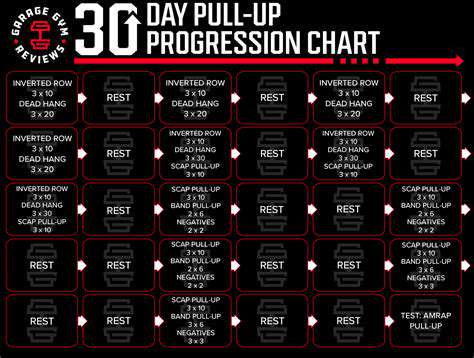
Foundations of Effective Programming
Good programming balances challenge with recovery. The best program is the one you can stick to consistently while making steady progress. This means considering your schedule, recovery capacity, and personal preferences - not just copying what elite athletes do.
For most people, training each muscle group 2-3 times per week yields better results than once-a-week body part splits. This frequency allows for sufficient stimulus without excessive strain.
Beyond Progressive Overload
While progressive overload is crucial, other factors matter too:- Exercise variety (to prevent adaptation)- Movement quality- Recovery managementSometimes backing off intensity slightly can lead to better long-term progress by preventing burnout.
The Role of Deloads
Every 4-6 weeks, consider a deload week where you:- Reduce weights by 40-50%- Cut volume in half- Focus on perfect formThis planned recovery allows your body to supercompensate and come back stronger.
Signs you need a deload include:- Persistent soreness- Declining performance- Lack of motivation- Sleep disturbancesListening to these signals prevents overtraining.
Tracking What Matters
Beyond just weights and reps, track:- Energy levels- Sleep quality- Motivation- Joint comfortThese subjective measures often predict progress better than numbers alone.
Nutrition for Performance
Pre-workout nutrition should focus on easily digestible carbs with some protein. Post-workout, prioritize protein (0.4g per kg body weight) within 2 hours. But remember: your overall weekly nutrition matters more than any single meal's timing.
Hydration affects performance more than most realize. A simple test: if your urine isn't pale yellow by midday, drink more water. Even 2% dehydration can significantly reduce strength output.
